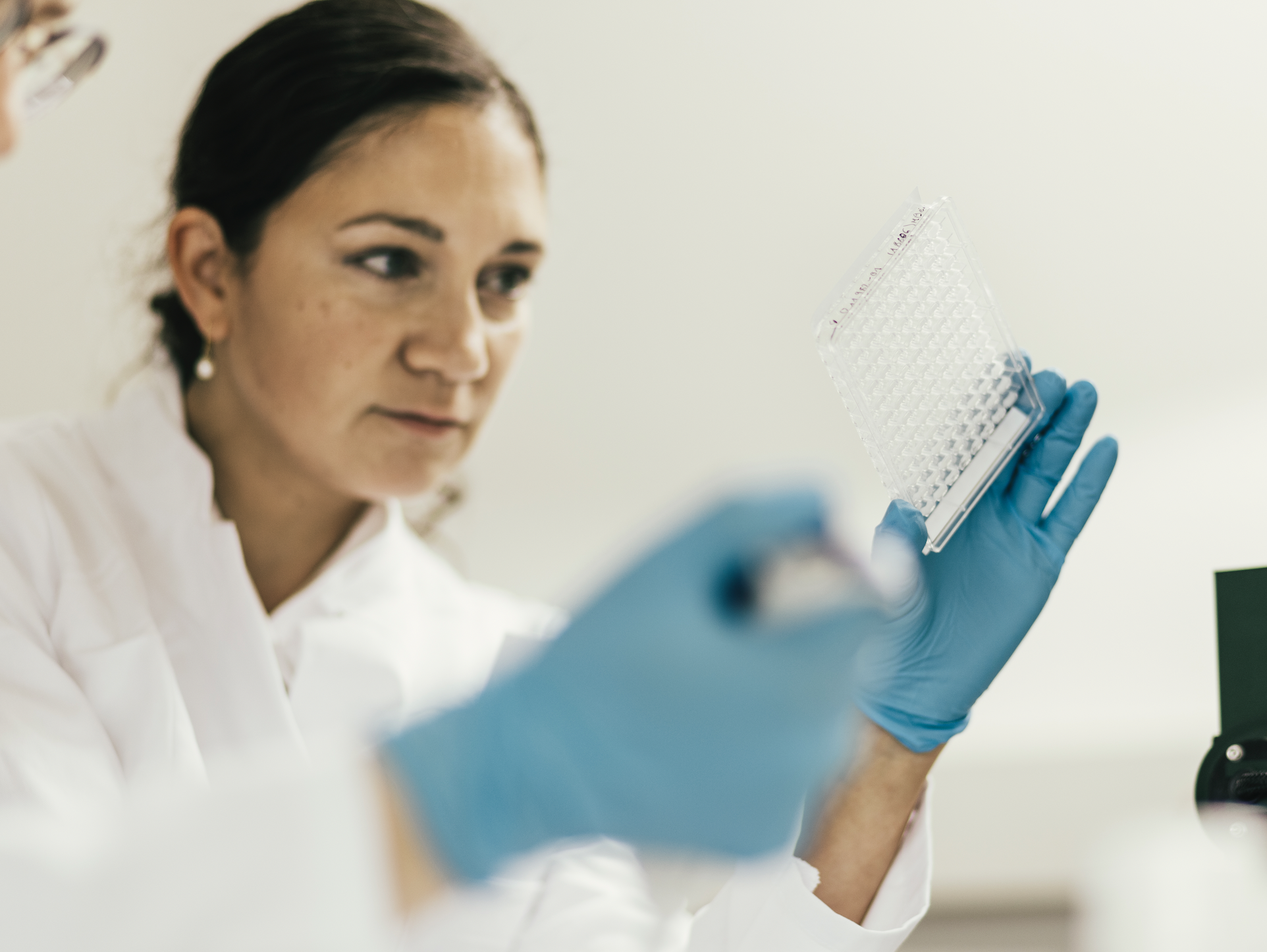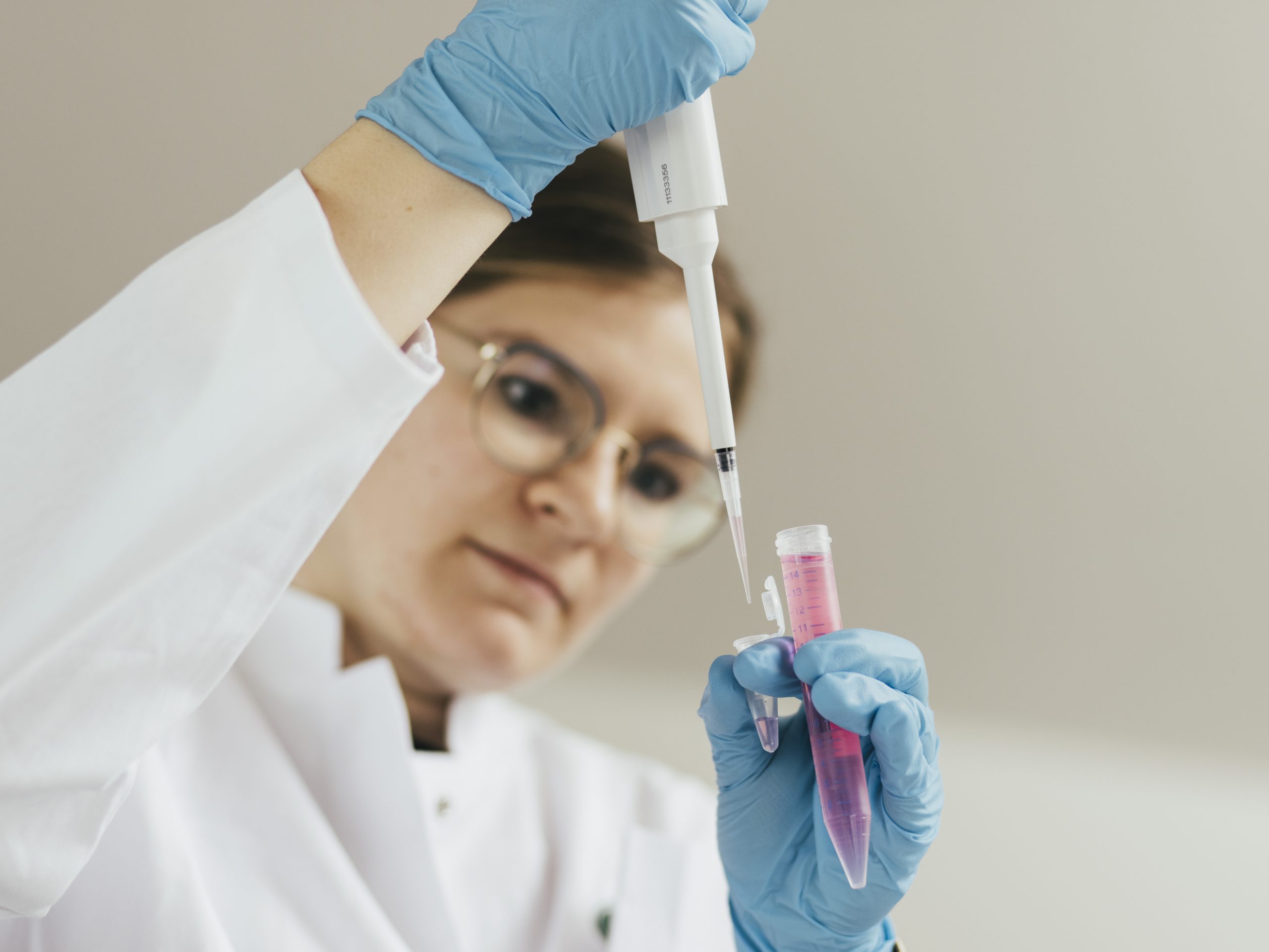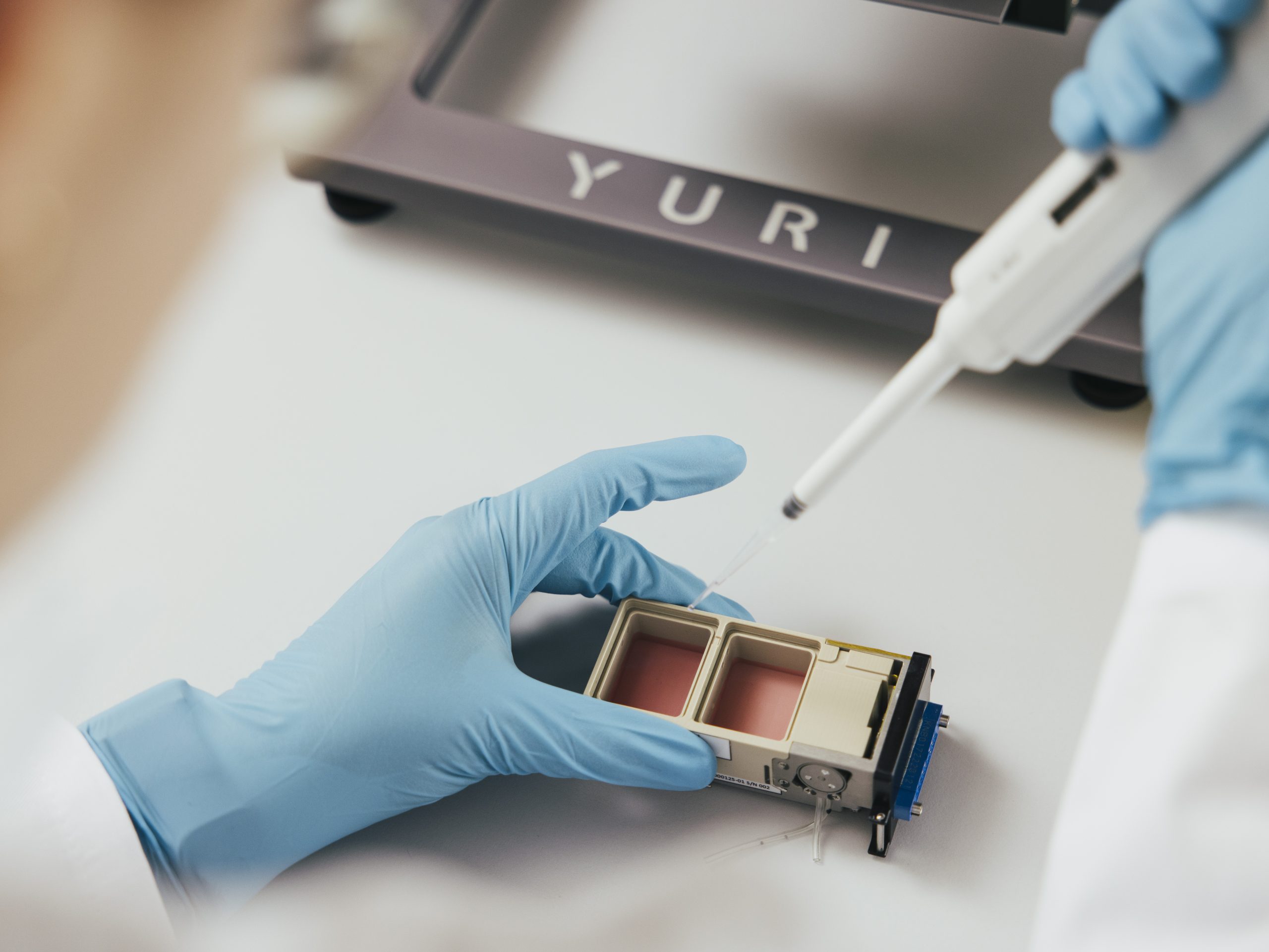Unravelling Space Secrets with Omics

Exploring the Impact of Space Travel on the Human Body
When we think of space exploration, we often think of the incredible engineering feats that make it possible: the rockets that launch us into orbit, the spacesuits that protect us from the harsh environment of space. But as we strive to send humans deeper into space, to the moon and even Mars, we must also consider the impact that space travel has on the human body.
Unlocking the Secrets of Space Science with Single-Cell RNA Sequencing (scRNA-seq) and Spatially Resolved Transcriptomics (SRT)
Recent advances in genomics and omics technologies have made it possible to study the molecular responses of the body to spaceflight in unprecedented detail. These studies, known as single-cell RNA sequencing (scRNA-seq) and spatially resolved transcriptomics (SRT), have the potential to greatly improve our understanding of how space travel affects the human body and to help us develop countermeasures to protect astronauts from the risks of space travel.
As we continue to push the boundaries of space exploration, it becomes increasingly important to understand the impact of space travel on the human body. In order to achieve this, scientists are turning to cutting-edge technologies like single-cell RNA sequencing (scRNA-seq) and spatially resolved transcriptomics (SRT) to study the molecular responses of the body to spaceflight.

Challenges and Considerations for Sample Collection during Spaceflight
One of the biggest challenges in space science is the limited access to the space environment. The International Space Station (ISS) is currently the only off-world research laboratory available, and while it has provided valuable insights into the molecular response of terrestrial life to the stressors of space, much more needs to be done. Advances in omics technologies have revolutionized our approach to understanding disease and have created new pathways for tackling health challenges on Earth, but the spaceflight environment presents a unique set of factors where the genomic impact is largely unknown. This is where scRNA-seq and SRT come in.
ScRNA-seq and SRT are powerful tools that allow scientists to study gene expression at the single-cell and spatially resolved level, respectively. This means that scientists can study not just the overall gene expression in tissues, but also the specific gene expression of individual cells within that tissue. This level of detail is crucial for understanding the molecular responses of the body to spaceflight and developing countermeasures against spaceflight-associated dysregulation and disease.
Recent work such as “Challenges and considerations for single-cell and spatially resolved transcriptomics sample collection during spaceflight.” by Overbey et al. (2022), members of ESA-funded Space Omics Topical Team and yuri GmbH focuses on designing an appropriate routine omics collection program for European astronauts and/or Space Flight Participants. The authors discuss key considerations such as collecting data with AI in mind, which sampling methods and omics data types should be collected based on practicality and perceived scientific return, and which ethical and legal challenges may need to be addressed. It’s important to collect data across multiple time points, such as pre-flight, in-flight, and post-flight, to understand the dynamic nature of physiological changes throughout a spaceflight mission, which is broadly considered in this paper.
The paper also explores the growing importance of scRNA-seq and SRT in space biology. It discusses the challenges and considerations relevant to robust experimental design to enable the growth of these methods in the field. Discussing the potential benefits of investing in a state-of-the-art orbital lab, such as improved on-orbit capabilities that are easier to access and operate, we need to pay attention to generating greater interest in space-based research investigations. As this, in turn, will increase the demand to leverage spaceflight as an extreme environment for research, leading to new discoveries and the development of countermeasures against spaceflight-associated dysregulation and disease and potential new solutions for drug discovery on earth.

The Future of Space Science: A Healthier and More Sustainable Future in Space
The future of space science is incredibly exciting. With the help of scRNA-seq and SRT, scientists can study the body’s molecular responses to spaceflight in unprecedented detail and develop countermeasures against spaceflight-associated dysregulation and disease. As space travel becomes more common and we continue to push the boundaries of space exploration, it is essential that we understand the impact of space travel on the human body. With the help of scRNA-seq and SRT, we can unlock the secrets of space science and pave the way for a healthier and more sustainable future in space and potentially on earth.

Pioneering Partnerships for a Better Future: Yuri and CRG
But how to start? Collaboration in omics is key in driving progress in space science, and partnerships between companies like Yuri and world-class research facilities, such as the Centre for Genomic Regulation (CRG), are playing a critical role in fostering it.
Yuri’s expertise in space service providing (turned-biotech) and CRG’s extensive expertise of genomics and transcriptomics create a powerful synergy to tackle the unique challenges associated with space research, such as limited access to the space environment and the need for robust experimental design.
This partnership also strives to generate greater interest in space-based research investigations and to develop countermeasures against spaceflight-associated dysregulation and disease. By fostering collaboration and pushing the boundaries of what is possible in space science, Yuri and CRG are paving the way for a healthier and more sustainable future in space exploration.
Resources:
Cope, H., Willis, C. R. G., MacKay, M. J., Rutter, L. A., Toh, L. S., Williams, P. M., Herranz, R., Borg, J., Bezdan, D., Giacomello, S., Muratani, M., Mason, C. E., Etheridge, T., & Szewczyk, N. J. (2022). Routine omics collection is a golden opportunity for European human research in space and analog environments. Patient-Driven Research, 1(2), 100550. https://doi.org/10.1016/j.patter.2022.100550
Overbey, E. G., Das, S., Cope, H., Madrigal, P., Andrusivova, Z., Frapard, S., Klotz, R., Bezdan, D., Gupta, A., Scott, R. T., Park, J., Chirko, D., Galazka, J. M., Costes, S. V., Mason, C. E., Herranz, R., Szewczyk, N. J., Borg, J., & Giacomello, S. (2022, October 31). Challenges and considerations for single-cell and spatially resolved transcriptomics sample collection during spaceflight. Critical Reviews in Biomedical Engineering, (100325). https://doi.org/10.1016/j.crmeth.2022.100325
By continuing to use the website, you agree to the use of cookies. See our Privacy Policy.